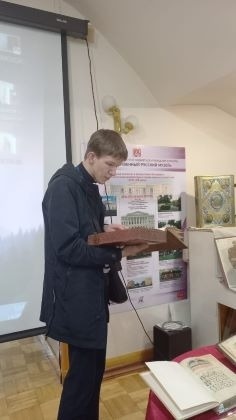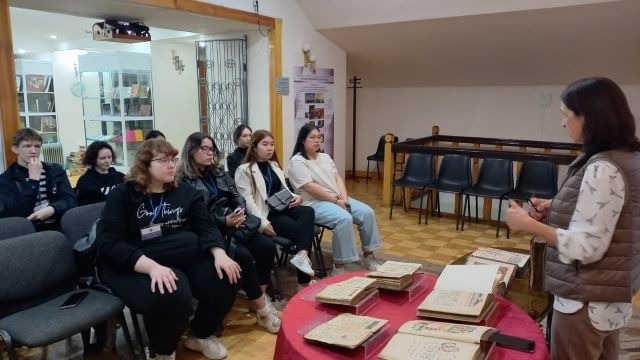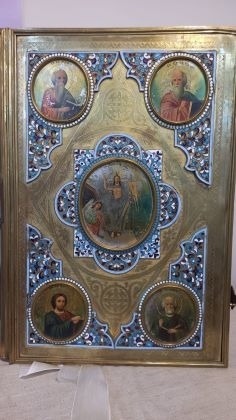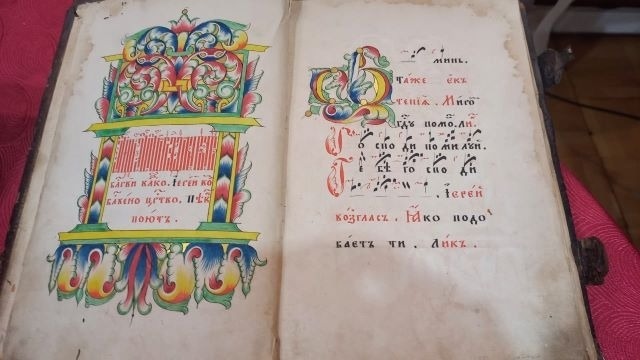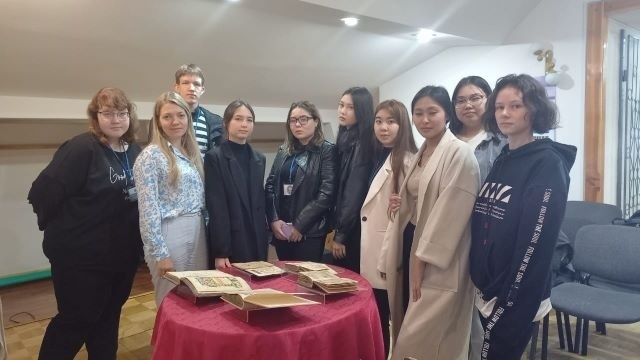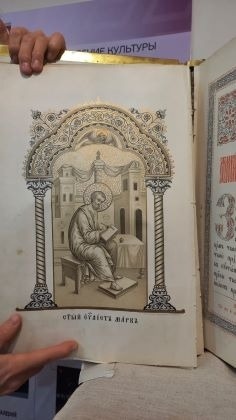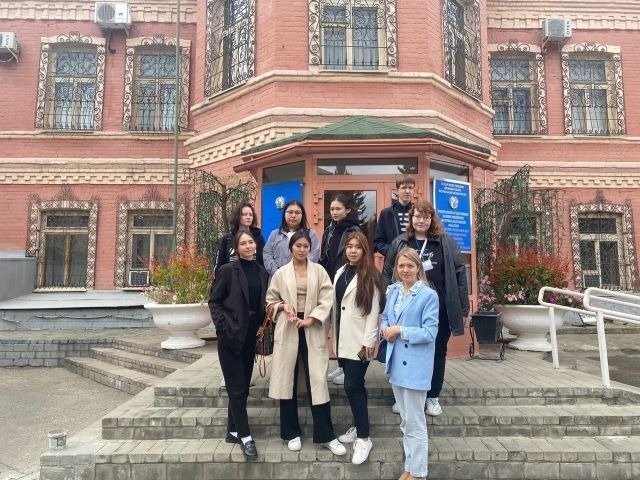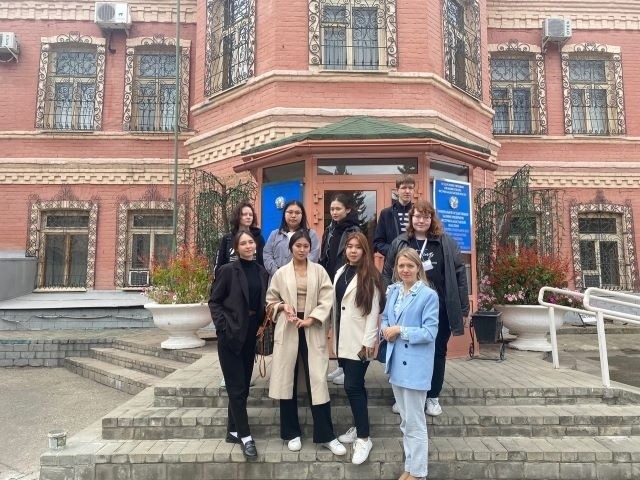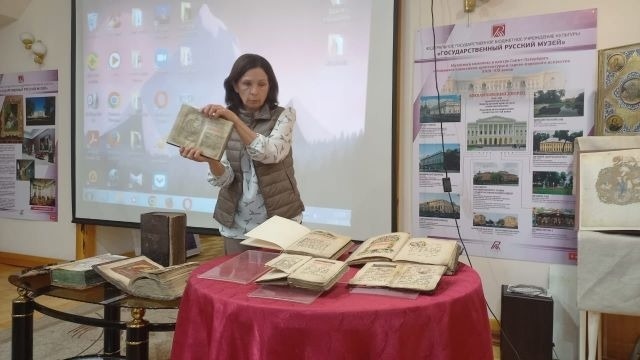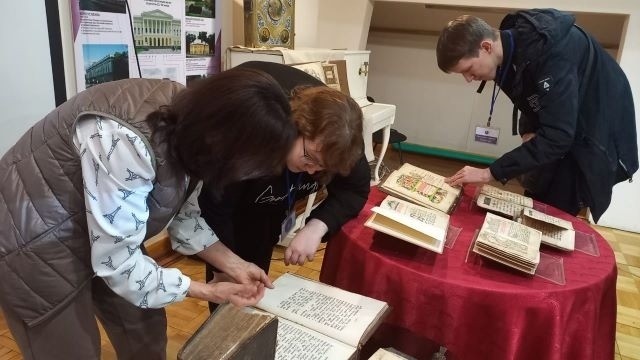The book of ancient Russia – the greatest value, a collection of world wisdom – was opened for students of KASU
A group of second-year students of the OP “Journalism” and “Russian language and Literature” of the KASU, as part of the study of the courses “Stylistics and Editing”, “Ancient Russian Literature”, under the guidance of the teacher of the department “Pedagogy and Psychology” L.A. Misevra, visited the regional architectural and ethnographic and natural landscape museum reserve.
The building itself, where the lecture was held, is an architectural monument of the XIX century. It was built in 1886 for a male parish school. Here the walls themselves breathe antiquity. And the collection of books prepared for the exhibition by Olga Nikolaevna Osercheva, a researcher at the museum, has an even longer history.
The book has always served as a source of knowledge, dissemination of information and has been passed down from generation to generation.
The lecture during the visit to the museum was devoted to the history of the Old Russian book with an emphasis on the Church Slavonic alphabet (Glagolitic / Cyrillic) for philologists and editors of texts, including translations of Holy Scripture for journalists.
The museum’s collection includes books from the beginning of the XVII century and later editions, close to our modern history, but made in the traditions of those Old Russian books that were published since the time of Cyril and Methodius, who made the first translations of liturgical books from Greek.
Gradually, the technology of the book improved, and the code of the book became a work of art. Such a book carries two functions – it is its content part (knowledge) and the book as a subject of material culture. A rare book has a complex structure, the criterion of its value can be: dating, when it was made; its external and internal elements; binding, handwritten or printed copy; type of outline of the content; decoration – miniatures, initials, engravings, etc.
In addition, the students learned a lot of interesting facts about how the ancient book ended up on the territory of our region. It has been entering the territory of East Kazakhstan since the founding of the city from supporters of official Orthodoxy, this was due to the construction of military fortresses along the Irtysh. Religious buildings were necessarily erected at fortifications and even outposts. Books were needed for worship. They came here through the sources of official Orthodoxy, when the ruling bishops, through their episcopal chairs, subscribed books from the Moscow Printing Yard, then staffed the parishes with them. In addition, even earlier books were brought here by the Old Believers. It was a non-governmental colonization of the region (the second half and the end of the XVII century).
After the lecture, students were able to hold in their hands the originals of books dated from the beginning of the XVII century, compared the types of handwriting, saw miniatures decorating the text. There is a whole story behind each book. This rich heritage of the times of late Russia reflects the traditions of the Old Russian chronicle.
This lecture allowed students to better understand the history of the creation and development of ancient Russian book writing.
Department of Pedagogy and Psychology
